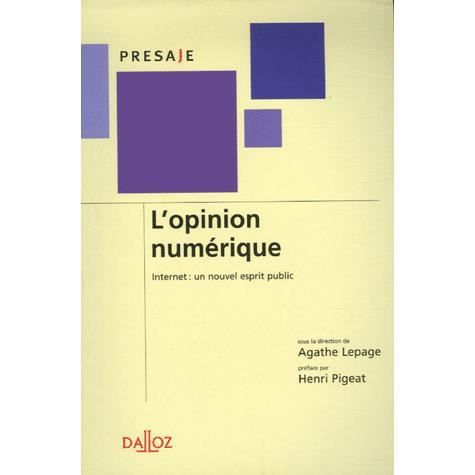

Singers and pianists should not be too loud, nor should they attempt to stun their audience either with vulgar pyrotechnics or with unseemly displays of emotion. It was of course part and parcel of the requisite bon ton that nobody should be made to feel uncomfortable, and this applied to the musicmaking as well. Even if the cost of keeping a salon was met by the husband, it was his wife who bore the responsibility of making it a place to be seen and heard. Then there was the fact that the Paris salons were the natural home of mélodies until the 1870s, when they began to be taken more seriously and to find their way into the concert hall. For one thing, the French have always prided themselves on brevity, clarity and gracefulness in their artistic productions, and have tended to regard the effusions of their north-eastern neighbours as Evelyn Waugh did his first taste of battle in World War Two: ‘like German opera, too loud and too long’. However, there continued to be resistance on several fronts to accepting Schubert’s premises fully. For this the popularity of Schubert’s songs was almost wholly responsible by showing composers, and audiences, that the piano could be more than just rhythmic and harmonic wallpaper and could do wonders in conjuring up atmosphere or in engaging in dialogue with the singer. The traditional French romance had slowly taken on through the 1840s and ’50s the lineaments of the German lied.

The years between Debussy’s birth in 1862 and his first documented song in 1879 (the incomplete Madrid, now in the Pierpont Morgan Library in New York), were crucial ones for the mélodie.


 0 kommentar(er)
0 kommentar(er)
